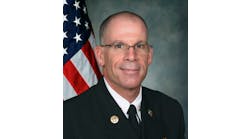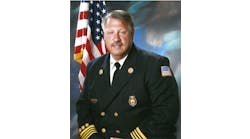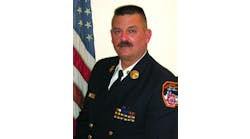April 2016
This month's issue takes a look at the Future of Firefighter Training, including features on Decision-Skills Training Programs that use simulators and classroom technology and taking an Aviation Industry Approach to fireground accountability.
More content from April 2016
More content from April 2016
April 1, 2016
April 1, 2016
April 1, 2016
April 1, 2016
April 1, 2016
April 1, 2016
April 1, 2016

























